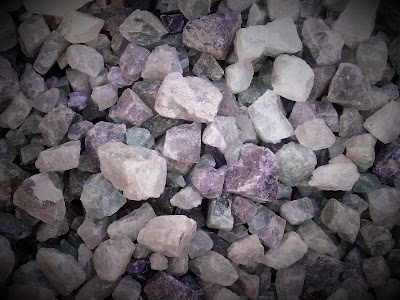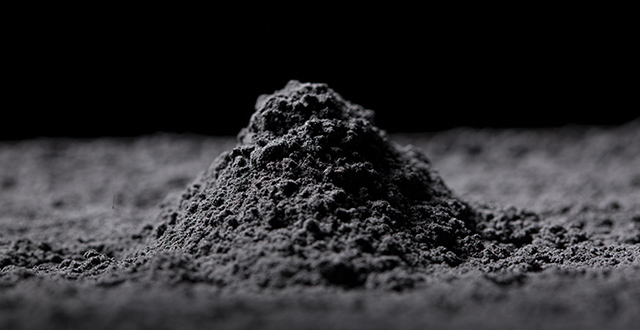Global Sodium Silicate Market Analysis – April 2025 Trends Across North America, Asia, and Europe
The sodium silicate market continued to evolve in April 2025 across key global regions, with price fluctuations largely shaped by economic conditions, construction sentiment, and logistical dynamics. Sodium silicate, widely used in construction materials, detergents, water treatment, and adhesives, serves as a crucial industrial commodity. Understanding the regional price indexes not only reflects current demand and supply shifts but also highlights broader macroeconomic influences.
This article delves into the April 2025 sodium silicate price trends across North America, Asia, and Europe, exploring the factors behind market behavior, their sectoral impact, and potential implications for upcoming quarters.
Sodium Silicate in Context
Sodium silicate, often referred to as “water glass,” is a versatile compound with applications spanning:
- Construction: cement additives, refractory materials, and soil stabilization.
- Detergents & Cleaning Agents: surfactant boosters and pH regulators.
- Pulp & Paper: bleaching and binding processes.
- Chemicals: catalyst supports and silica gel production.
- Water Treatment: corrosion inhibitors and coagulant aids.
Track Real-Time Chemical Price:-https://www.chemanalyst.com/Pricing-data/sodium-silicate-1340
Given this diversity of applications, the market’s price index reflects both industrial momentum and broader economic sentiment. In April 2025, each region exhibited distinct drivers behind its price dynamics.
North America – A Modest Uptick Amid Economic Uncertainty
April 2025 Price Trend: Imported Sodium Silicate Price Index rose slightly.
In North America, the sodium silicate market recorded a mild increase in April 2025. This growth, though limited, suggested resilience in demand despite broader economic headwinds.
Key Drivers
- Moderate Demand Growth
- Industries such as detergents, construction chemicals, and water treatment maintained steady consumption.
- Post-pandemic infrastructure spending in certain U.S. states continued to provide a baseline for demand.
- Economic Headwinds
- Inflationary pressures and fluctuating interest rates constrained industrial expansion.
- Some buyers adopted a cautious procurement strategy, purchasing only to replenish essential inventories rather than expanding stockpiles.
- Global Supply Considerations
- With rising logistical complexities in Asia, particularly from Chinese ports, North American buyers faced uncertainty around import availability and cost variability.
Market Sentiment
- Buyers in the region remained cautious, anticipating that any oversupply from Asia might eventually exert downward pressure.
- Producers, meanwhile, sought to maintain stability by adjusting output and aligning production with immediate demand.
In summary, North America’s sodium silicate market showed measured resilience, but lacked the aggressive growth witnessed in Asia. The slight index rise underscored the market’s ability to navigate uncertainty while avoiding sharp volatility.
Asia – Growth Driven by Infrastructure and Logistics
April 2025 Price Trend: Price Index increased by 1.4%.
Asia emerged as the strongest growth region for sodium silicate prices in April 2025. The 1.4% increase was primarily driven by infrastructure activity and logistical constraints centered around China.
Monitor Live Chemical Price:- https://www.chemanalyst.com/Pricing-data/sodium-silicate-1340
Key Drivers
- Robust Infrastructure Activity
- Major economies in Asia, including India, China, and Southeast Asian nations, continued to prioritize construction and urban development.
- Government-backed residential housing schemes acted as a demand accelerator for sodium silicate, particularly in cement and construction additives.
- Government Policies and Stimulus
- China and India launched new public housing initiatives, boosting construction raw material consumption.
- These programs had a direct trickle-down effect on sodium silicate demand, given its role in cement and refractory products.
- Logistical Constraints from China
- Rising freight charges and port congestion complicated supply chains.
- Exporters faced delivery delays, increasing the landed cost of imports across Asia-Pacific.
- Buyers with urgent demand needs were willing to pay premiums to secure supply.
Market Sentiment
- Construction firms across Asia remained optimistic, banking on strong infrastructure pipelines.
- Importers, while concerned about freight costs, passed on part of these expenses to end users.
Asia’s sodium silicate market reflected a supply-constrained bullish trend, where demand-side fundamentals were reinforced by logistical bottlenecks. The price growth in April 2025 aligned with the region’s ongoing industrial expansion and government-driven housing momentum.
Europe – Stability Backed by Construction Confidence
April 2025 Price Trend: Price Index showed slight improvement.
In Europe, the sodium silicate market displayed cautious optimism in April 2025, with prices improving modestly. The uptick was largely supported by growing construction confidence in the Netherlands.
Key Drivers
- Improved Construction Sentiment
- The Netherlands recorded a notable rise in construction sentiment, increasing from 15.20% to 19.30%.
- This confidence translated into higher procurement of raw materials, including sodium silicate, for cement, mortar, and related construction chemicals.
- Steady Demand Environment
- While demand was not surging, it remained stable across core industries like detergents, paper, and water treatment.
- Stability helped offset any pricing weakness that could have emerged from slower economies in Southern Europe.
- Balanced Supply Conditions
- European producers managed inventories efficiently, preventing oversupply scenarios.
- Imports complemented local supply but were less affected by Asia’s freight cost spikes due to shorter trade routes from within the region.
Market Sentiment
- Buyers across the region were willing to accept modest price improvements, given confidence in construction outlooks.
- Suppliers sought to maintain balance, ensuring no aggressive price hikes that might hurt competitiveness.
Thus, Europe’s sodium silicate market maintained measured optimism, with construction dynamics acting as the primary growth lever.
Comparative Regional Insights
The sodium silicate market in April 2025 highlighted regional divergence in growth drivers:
- North America: Slight price increase, shaped by cautious procurement and economic challenges.
- Asia: Stronger price growth (+1.4%) driven by infrastructure, housing, and logistical bottlenecks.
- Europe: Stability with slight improvements, supported by construction sentiment, especially in the Netherlands.
This divergence underscores how macro-level factors (economic stability, government programs, and logistics) uniquely influence sodium silicate markets across geographies.
Implications for Q2 2025
Looking ahead, the April 2025 dynamics could shape Q2 outcomes:
- North America
- Prices may remain range-bound unless infrastructure spending accelerates.
- If Asian oversupply persists, downward adjustments could emerge.
- Asia
- Continued government housing programs and infrastructure pipelines suggest sustained upward momentum.
- Logistics will remain a crucial factor — easing congestion could stabilize costs, but persistent bottlenecks may push prices higher.
- Europe
- Sentiment-driven growth may continue, particularly if construction confidence spreads beyond the Netherlands.
- The region is expected to remain stable with modest price appreciation.
Conclusion
The global sodium silicate market in April 2025 revealed a three-speed story: cautious resilience in North America, bullish expansion in Asia, and stable optimism in Europe. These variations highlight how sodium silicate pricing reflects not only industrial consumption patterns but also broader economic conditions, government initiatives, and logistical realities.
For industry stakeholders, keeping a close eye on infrastructure activity in Asia, macroeconomic signals in North America, and construction sentiment in Europe will be crucial in anticipating price directions through the remainder of 2025.
Contact US:
Email-id: sales@chemanalyst.com
Mobile no: +1- 3322586602
LinkedIn: https://www.linkedin.com/company/chemanalyst/
Twitter: https://x.com/Chemanalysts




Comments
Post a Comment